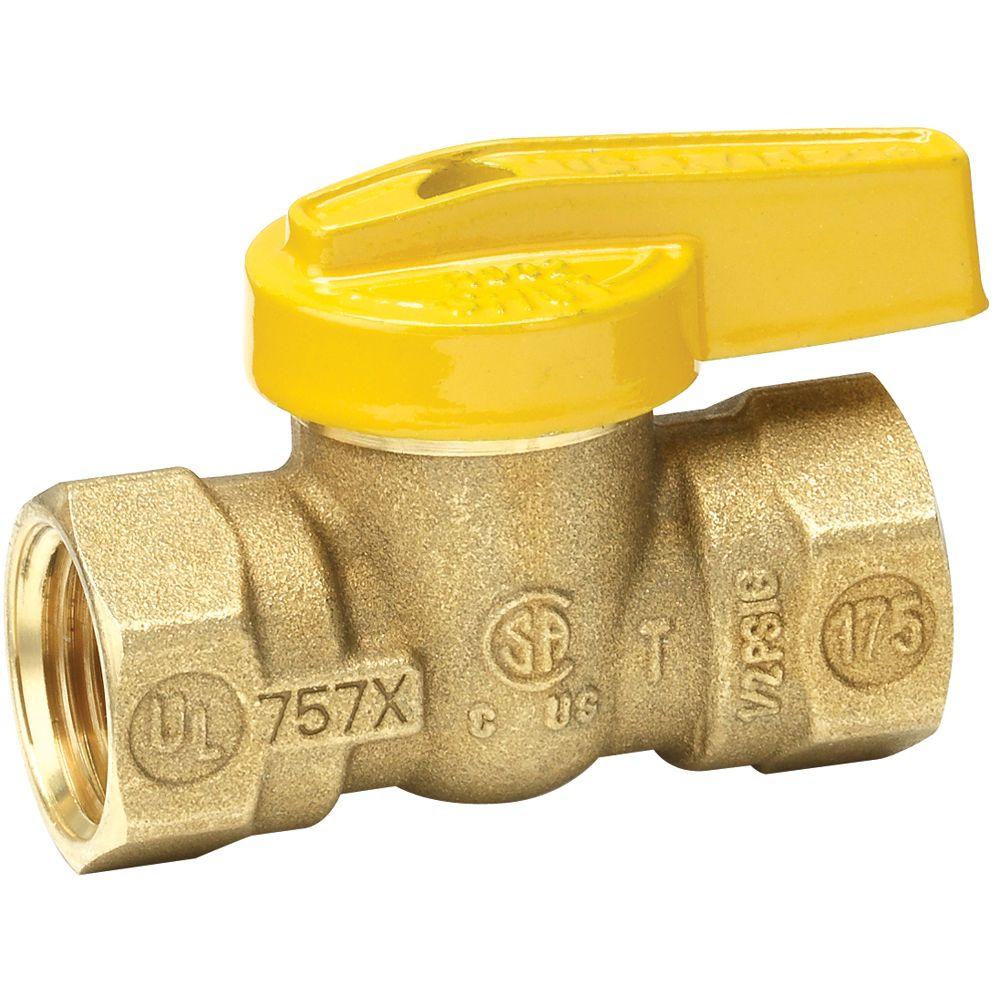Gas Valve Safety
One of the things we look for when inspecting indoor and outdoor natural gas appliances is to ensure that the proper gas valves are used. Gas ball valves require CSA approval in order to be used in combustible gas applications.
The gas ball valve ratings for indoor approvals include two key designations: 1/2 PSI and 5G. Here’s what you need to know:
-
1/2 PSI Rating:
- These valves are suitable for installation indoors only.
- They are specifically used at individual appliances within homes.
- Both Canada and the USA adhere to this rating for indoor valves.
-
5G Rating:
- Valves with a 5G rating are designed for use in household piping systems.
- They serve a broader purpose within indoor spaces.
The gas ball valve ratings for outdoor approvals in Canada and the US are as follows:
- CAN 3.16 Rating
- Valves with a CAN 3.16 rating are designated for outdoor use in piping systems in Canada. Outdoor valves must have this rating.
- BRS125G Rating
- Valves with a BRS125G rating are designated for outdoor use in piping systems in US. Outdoor valves must have this rating.
Working with combustible gas is not something you want to mess with. Gas ball valves are no exception, they are tested to 1.5 times the stated working pressure. The one exception to this is the CAN 3.16 valves because they already require much higher pressure. Here is what pressures the valves are tested at for the different ratings:
1/2 PSI - Test Pressure 3 PSIG
5G - 7.5 PSIG
CAN 3.16 125 PSI Valves - 125 PSIG
BRS125G PSI Valves - 188 PSIG (ANSI B16.33)
It is possible for gas valves to have different pressure and temperature ratings under the same CSA approval as per manufacture request, however, all the valves must have met the CSA minimum test parameters with respect to pressure and temperature as outlined in the standard.
If an incorrect valve is installed, it will be flagged during the inspection. Always replace faulty valves promptly with the help of a qualified, licensed plumbing contractor.
